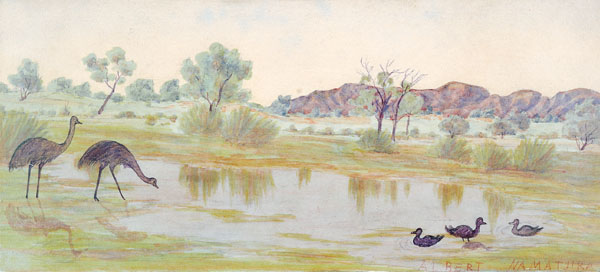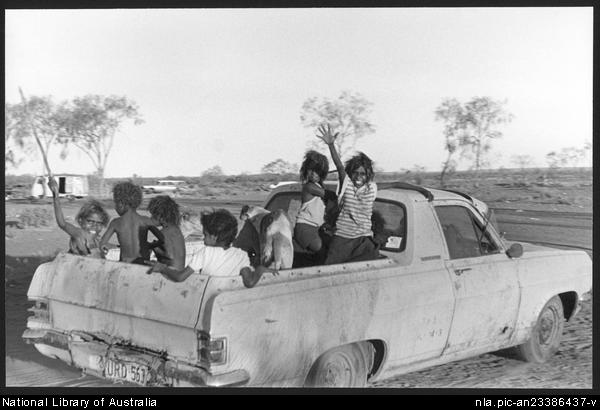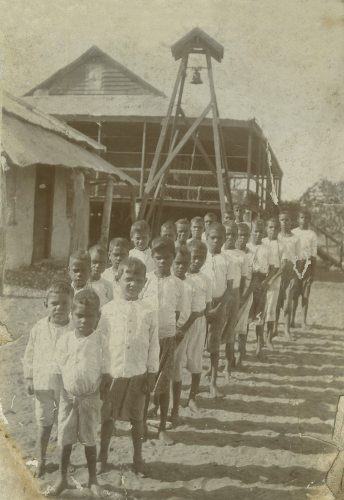"We know that, our people have been here since the beginning of time"
Initial Impact
Impressions from both a Westerner and an Aboriginal's point of view
 An illustration depicting the first contact made between the Gweagal Aboriginals and the First Fleet in New South Wales
 'Wayamba the Turtle' by Peter Muraay Djeripi Mulcahy | 'The Lady of Jacko, Chief of Molomong' by Charles Rodius, 1834 During the 19th century, Charles Rodius illustrated portraits of Aboriginal chiefs and their wives, depicting them 'as they were' - maintaining their humanity and natural beauty.
 'Wildlife near the Gosse Range' by Albert Namatjira, 1939 This painting depicts Namatjira's 'world', set in the rural outback of Australia. Although created by an Aboriginal artist, the painting is characterised by the high detail in the artwork's features, unlike the simplistic, symbolic style of traditional Aboriginal art. |
Protection & Living Conditions
Due to the reduction in the Aboriginal population, a growing consciousness of the general mistreatment of the Aboriginal population, and the need for more effective regulation of labour, a change in policies affecting the Indigenous community occured.
 Accomodation for Aboriginal People at Jigalong, Pilbara W.A. 1979 |  Aboriginal children in a ute at Jigalong, Pilbara W.A. 1979 |
Assimilation
The purpose of assimilation was for Aboriginal peoples to reject their Aboriginal culture and heritage. They were expected to adopt white Australian customs and beliefs. The Stolen Generations - the removal of Aboriginal and Torres Strait Islander children from their families occured for over a century (1869-1970)
Indigenous Australians were only later able to obtain some rights and freedoms they had been denied in the past. These rights would be in exchange for living ‘like white Australians do’. This policy, which saw no value in retaining Aboriginal languages and traditions, assumed white European culture was superior to Indigenous culture.
 Children taken away during the Stolen Generations, to be brought up by 'white' Australian church missionaries and government agencies. These children were never able to discover their heritage or culture. |  Mapoon Aborigine boys at a church missonary parade during the Stolen Generations c.1900 |
Intergration and Self-Determination of Indigenous Australians

Eddie Koiki Mabo 1936-1992: Known for campaigning for Indigenous Land Rights and his role in overturning Terra Nullius, a legal doctrine that prevented Aboriginal land rights.
Although a protection policy was put in place for Indigenous Australians, it took no account of the value or resilience of Aboriginal culture, nor did it allow that Aborigines might seek to maintain their own languages and traditions. A basic assumption of the policy was that Aborigines would inevitably and willingly become like white Australians in terms of their ‘manner of living’, ‘customs’ and ‘beliefs’. | As for self-determination of the indigenous Australians, it should be said that in recent years the policy of the Commonwealth has been based on what has been described as ‘the fundamental right of Aboriginals to retain their racial identity and traditional lifestyle or, where desired, to adopt wholly or partially a European lifestyle’, and has encouraged Aboriginal participation or control in local or community government, and in other areas of concern. This approach, variously described as a policy of self-management or self-determination, has been accompanied by government support programs managed by Aboriginal organisations. |